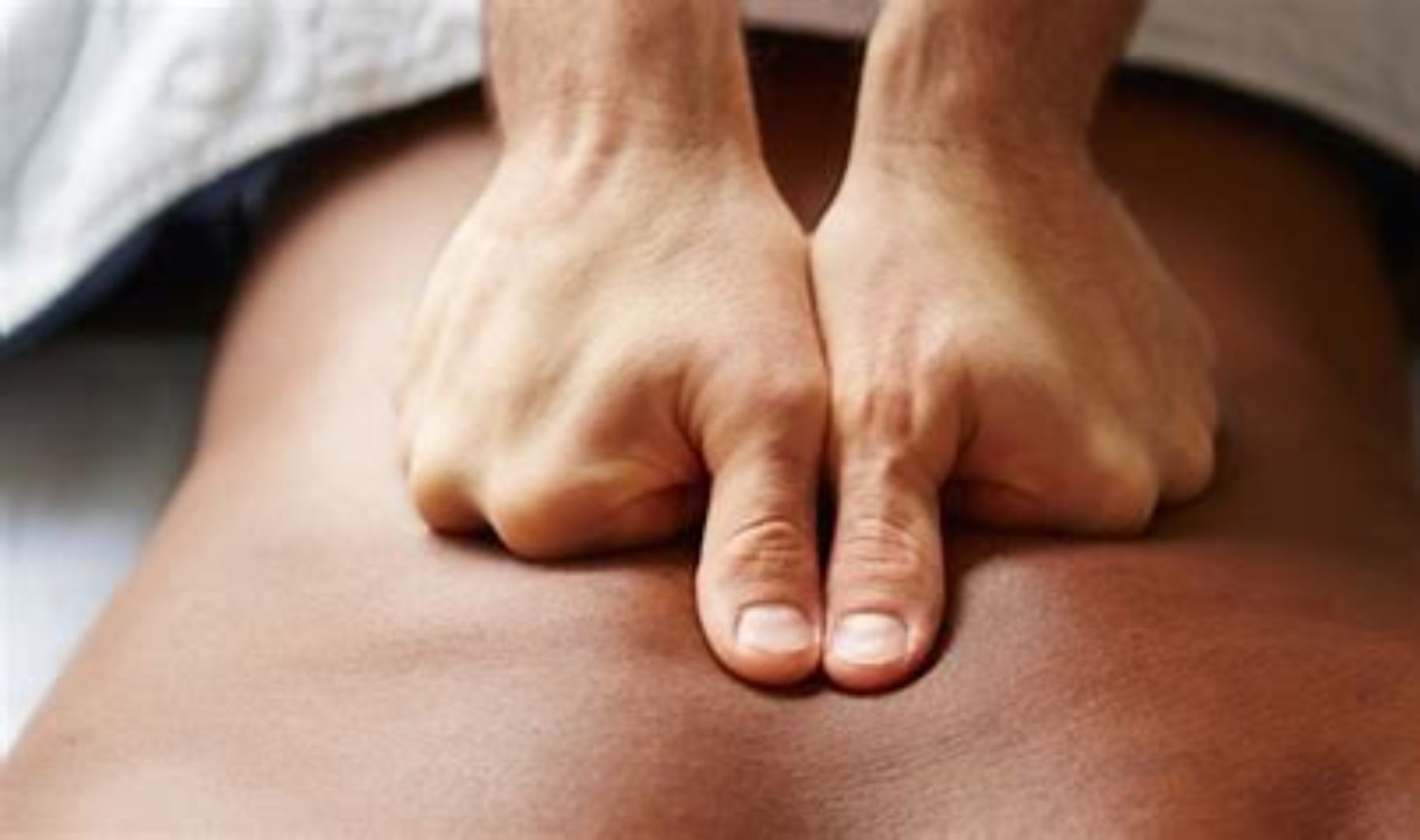
What is Cupping?
Cupping is an ancient Chinese therapy that’s based on the belief that certain health problems can be caused by stagnant blood and a poor energy flow through your body.
By placing a glass or a plastic cup onto the skin, the therapist creates a vacuum in the cup which draws the skin, muscle, and fascia up into the cup. By lifting the tissue rather than compressing as in typical massage, cupping is used to soften tight muscles and tone attachments, loosen adhesions (those stubborn knots), move fascia and fluid in different (and very therapeutic) ways. The suction and vacuum pressure is created either by heating the air inside the cup before placing it on the skin (creating a vacuum when the air cools), or through use of a suction device on the cup. I use the suction device.
Cupping is used in the treatment of many types of muscle tensions, including common ailments such as neck pain, shoulder pain, tight trapezius, lower back pain, spinal congestion, plantar fasciitis, and even cellulite.
What does Cupping feels like?
Contrary to what you may think, the suction of the cups does not hurt. In fact, most people find the sensation very pleasant, a sort of a release. The cups can remain in position for several minutes, or the therapist can glide them over the skin similar to the movements of a massage. This negative pressure is the opposite to a deep tissue massage – a pulling versus a pushing effect.
The Benefits of Cupping
- Relaxation: suction cups provide a negative pressure on the skin, muscles, and fascia. This is in contrast to the positive pressure of the deep tissue massage, and can be a very relaxing and soothing experience.
- Promotes blood circulation and speeds up muscle recovery. The negative pressure from the suction allows new blood to flow into that area of tissue with several benefits –
1. Provides a feeling of relief from physical and emotional tensions
2. Begins the healing and regeneration process – the exchange of blood allows the removal of toxins and dead cells
3. Enhances circulation
4. Warms the skin, and softens tissues to regain elasticity
5. Reduces inflammation
Why Use Cupping?
1. Cupping increases the blood flow and warms the skin, which makes it easier for the therapist to get into the ‘knots’ in your muscles.
2. Once the cup is removed, the skin relays information to the therapist about the underlying tissue. A darker patch on skin would indicate an area of restriction or adhesion in the muscles. It can then help the therapist to pinpoint exactly where to massage.
3. As cupping is a less strenuous (but no less effective) form of therapy, it helps the therapist to prolong their ability to treat clients at a high level for a longer duration.
Something to Keep in Mind
It is likely that there may be a resulting reddening of the skin directly under the cup, the color of which depends on the health of the underlying tissue. It may look like a circular or hickey-like bruise and generally doesn’t last more than a few days.
The technique I use is to move the cup over the soft tissue as I would in a massage, rather than leave it in one spot which is more common in Traditional Chinese Medicine. This method is less likely to leave dark circles on the skin.
